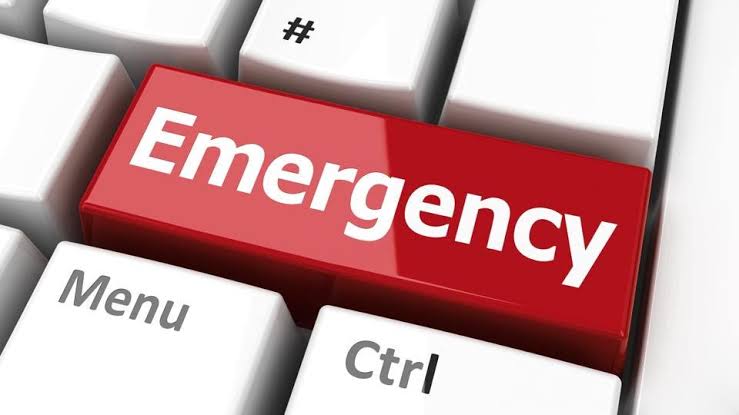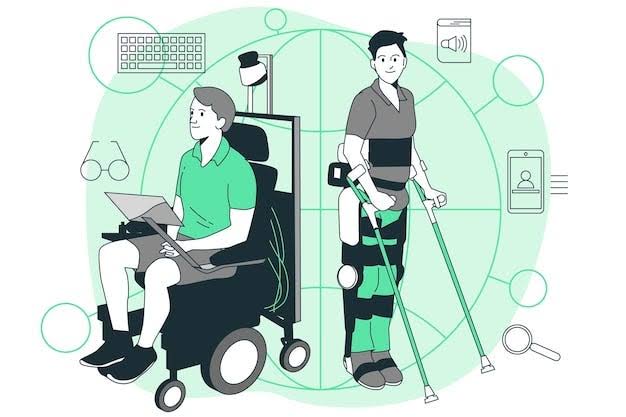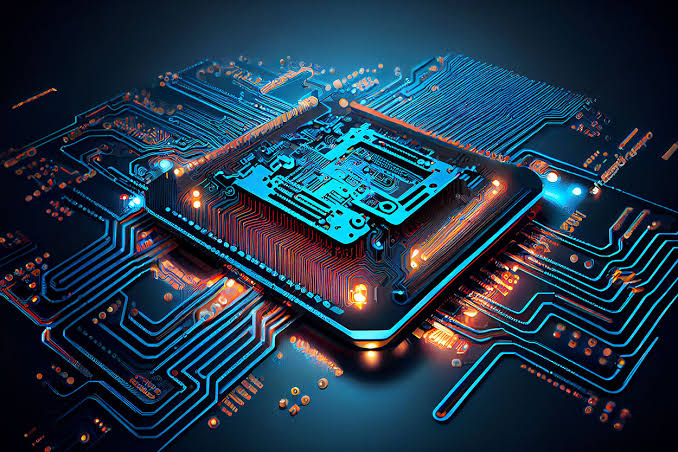Disasters—natural or man-made—strike with little warning, often leaving behind widespread devastation. In a world increasingly affected by climate change, pandemics, cyberattacks, and conflicts, the need for fast, efficient, and coordinated disaster response and recovery has never been more urgent. Thankfully, modern technology has become an essential ally in mitigating the impacts of such crises.
As of 2025, the use of advanced technology has fundamentally changed how emergency teams prepare for, respond to, and recover from disasters. From predictive analytics and drone surveillance to AI-driven logistics and blockchain-based aid distribution, innovation is empowering faster decision-making and saving lives. This article explores how these technological advancements are transforming global disaster management systems today.
Key Technologies Shaping Disaster Response and Recovery
1. Early Warning Systems and Predictive Analytics
One of the most powerful tools in disaster mitigation is the ability to predict and prepare for emergencies before they happen.
Modern systems now use:
- Artificial Intelligence (AI) to analyze weather patterns and detect early signs of hurricanes, floods, and wildfires
- Machine learning algorithms that continuously improve predictions based on real-time data
- Geospatial data from satellites to assess environmental risk zones
- Sensor networks in high-risk areas that detect vibrations, temperature shifts, or water levels
For example, in Japan and Chile—two earthquake-prone nations—early warning systems powered by seismic sensors can give citizens vital seconds to take cover or shut down vital infrastructure like power grids or transportation systems.
2. Geographic Information Systems (GIS)
GIS is critical in mapping out disaster-affected areas. It integrates spatial data with demographic, infrastructural, and resource data to help responders assess the scope of damage.
Key uses include:
- Pinpointing hotspots of destruction
- Mapping population densities for targeted relief
- Tracking evacuation routes and supply chains
- Coordinating rescue missions using layered map data
GIS dashboards, such as those used by FEMA in the U.S. or UN agencies globally, allow decision-makers to visualize complex scenarios and make informed, fast decisions.
3. Drones and Aerial Surveillance
Drones are revolutionizing disaster response by offering a bird’s-eye view of inaccessible or dangerous areas. Equipped with high-resolution cameras, thermal sensors, and even communication devices, drones can:
- Assess infrastructure damage from above
- Locate stranded survivors in remote or flooded areas
- Deliver medical supplies, food, and communication tools
- Create 3D maps for recovery planning
In the 2023 Turkey-Syria earthquake, drones played a crucial role in search and rescue operations and infrastructure assessments in collapsed zones where ground access was limited.
4. Mobile and Satellite Communication Tools
In disaster zones, communication lines are often the first to collapse—making it difficult for victims and responders to connect. Technology steps in to bridge this gap:
- Satellite phones and networks ensure connectivity even without terrestrial infrastructure
- Emergency communication apps (like Zello or Bridgefy) use Bluetooth or mesh networks
- Portable internet hubs powered by solar energy provide Wi-Fi in isolated locations
- Push notifications and SMS alerts reach millions quickly in multiple languages
These tools not only help coordinate response but also allow victims to request help and access critical updates.
5. Artificial Intelligence in Resource Allocation
AI is now instrumental in coordinating logistics, managing limited resources, and ensuring aid gets to where it’s needed most.
AI-driven platforms can:
- Analyze incoming data to identify priority zones
- Track inventory of supplies in real time
- Optimize delivery routes under challenging conditions
- Simulate scenarios to improve emergency planning
For example, the World Food Programme uses AI to streamline food distribution and prevent bottlenecks in humanitarian supply chains during famine or conflict-related crises.
6. Blockchain for Aid Distribution and Transparency
Blockchain technology offers an immutable, transparent record of transactions—making it ideal for humanitarian aid distribution, especially in areas where corruption or mismanagement is a risk.
Use cases include:
- Tracking donations from donor to beneficiary
- Issuing digital vouchers or IDs for refugees and displaced persons
- Preventing fraud in financial relief distribution
- Ensuring accountability in multi-agency collaborations
UNICEF, Red Cross, and several NGOs are piloting blockchain-based tools to verify that aid reaches the intended recipients efficiently.
Technology in Recovery Efforts
Recovery is often the longest and most expensive phase of disaster management. Technology plays a pivotal role here too.
1. Data-Driven Recovery Planning
Data collected during the response phase—via drones, sensors, and mobile apps—helps governments and NGOs:
- Assess economic impact and infrastructure loss
- Prioritize rebuilding based on community needs
- Monitor ongoing health and environmental hazards
- Evaluate performance for future improvements
Open-source platforms now allow communities to track rebuilding progress and hold authorities accountable.
2. Mental Health and Social Support Apps
Beyond physical rebuilding, emotional recovery is crucial. New mobile platforms offer:
- Telehealth services for trauma support
- AI chatbots trained to provide mental health first aid
- Community forums to connect survivors with local counselors
- Culturally sensitive content in multiple languages
These digital tools provide private, stigma-free access to support that may otherwise be unavailable in disaster-hit regions.
3. Smart Infrastructure and Rebuilding
Technologies like 3D printing, IoT sensors, and green engineering are being used to “build back better.” Examples include:
- Earthquake-resistant buildings with flexible structures
- Smart flood barriers that activate automatically
- IoT-enabled infrastructure to monitor structural health
- Sustainable housing made from recycled or local materials
These advances help communities become more resilient and prepared for future threats.
Real-World Examples
- India: The Bhuvan platform by ISRO provides real-time satellite imagery for disaster response across the country.
- Haiti: Post-earthquake recovery involved using mobile apps to crowdsource reports on infrastructure damage and victim needs.
- Australia: During bushfires, AI models helped firefighters predict fire movement based on wind, humidity, and fuel loads.
- Philippines: Drone-assisted damage assessments after typhoons have reduced insurance claim processing times dramatically.
Conclusion
Technology is not just a tool—it’s a game-changer in disaster response and recovery. It transforms how we predict, communicate, act, and rebuild in the face of crisis. By leveraging AI, drones, satellite communication, GIS, blockchain, and smart infrastructure, both local communities and global organizations are better equipped to respond quickly and recover sustainably.
As innovation continues to evolve, the key challenge lies in ensuring equitable access to these technologies—especially in low-income and high-risk regions. When used responsibly, technology has the power to make disaster response faster, more inclusive, and ultimately, more humane.




Emphasis on “Technology is not just a tool – it’s a game changer”